A Memento Mori (Latin 'remember that you will die') is an artistic or symbolic reminder of the inevitability of death.
The most obvious places to look for Memento Mori are in funeral art and architecture. Perhaps the most striking to contemporary minds is the transi, or cadaver tomb, a tomb that depicts the decayed corpse of the deceased. This became a fashion in the tombs of the wealthy in the fifteenth century, and surviving examples still create a stark reminder of the vanity of earthly riches.
Another example of Memento Mori is provided by the chapels of bones, such as the Capela dos Ossos in Évora or the Capuchin Crypt in Rome. These are chapels where the walls are totally or partially covered by human remains, mostly bones. The entrance to the former has the sentence "We bones, lying here bare, await for yours."
The most obvious places to look for Memento Mori are in funeral art and architecture. Perhaps the most striking to contemporary minds is the transi, or cadaver tomb, a tomb that depicts the decayed corpse of the deceased. This became a fashion in the tombs of the wealthy in the fifteenth century, and surviving examples still create a stark reminder of the vanity of earthly riches.
Another example of Memento Mori is provided by the chapels of bones, such as the Capela dos Ossos in Évora or the Capuchin Crypt in Rome. These are chapels where the walls are totally or partially covered by human remains, mostly bones. The entrance to the former has the sentence "We bones, lying here bare, await for yours."
Capela dos Ossos in Évora
Capuchin Crypt
After the invention of photography, many people had photographs taken of recently dead family members. It was quite normal for children to be the main subject of Memento Mori, and often it would be the only picture the parents would ever have of their child. Given the technical limitations of daguerreotype photography, which required long exposure times, this was one situation where the subject was ideal…since they wouldn't move.
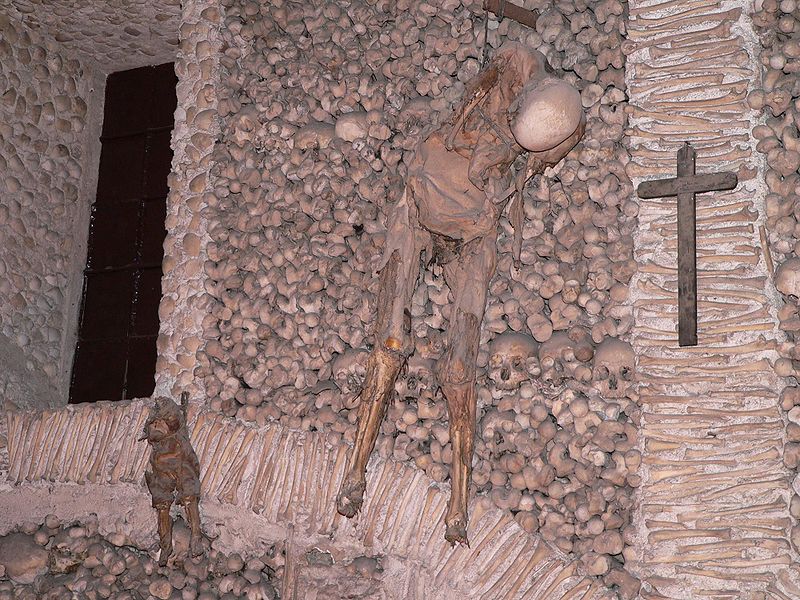
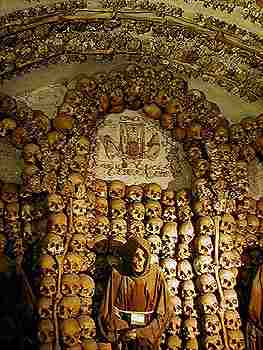
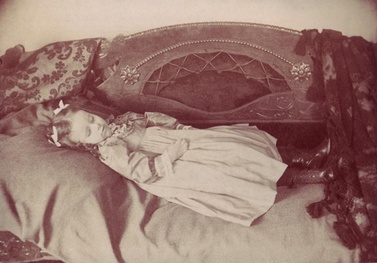
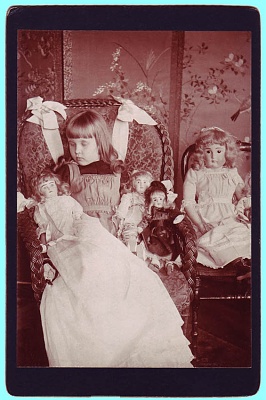
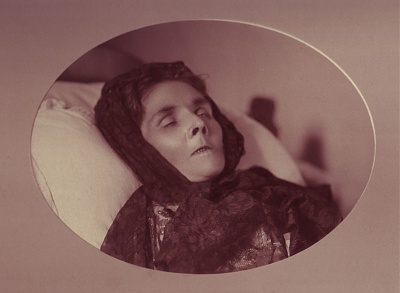

 RSS Feed
RSS Feed
